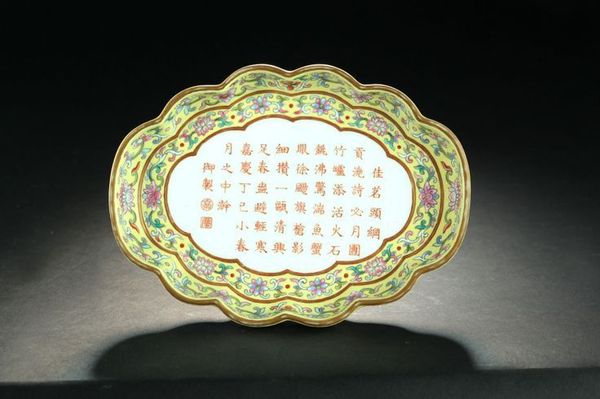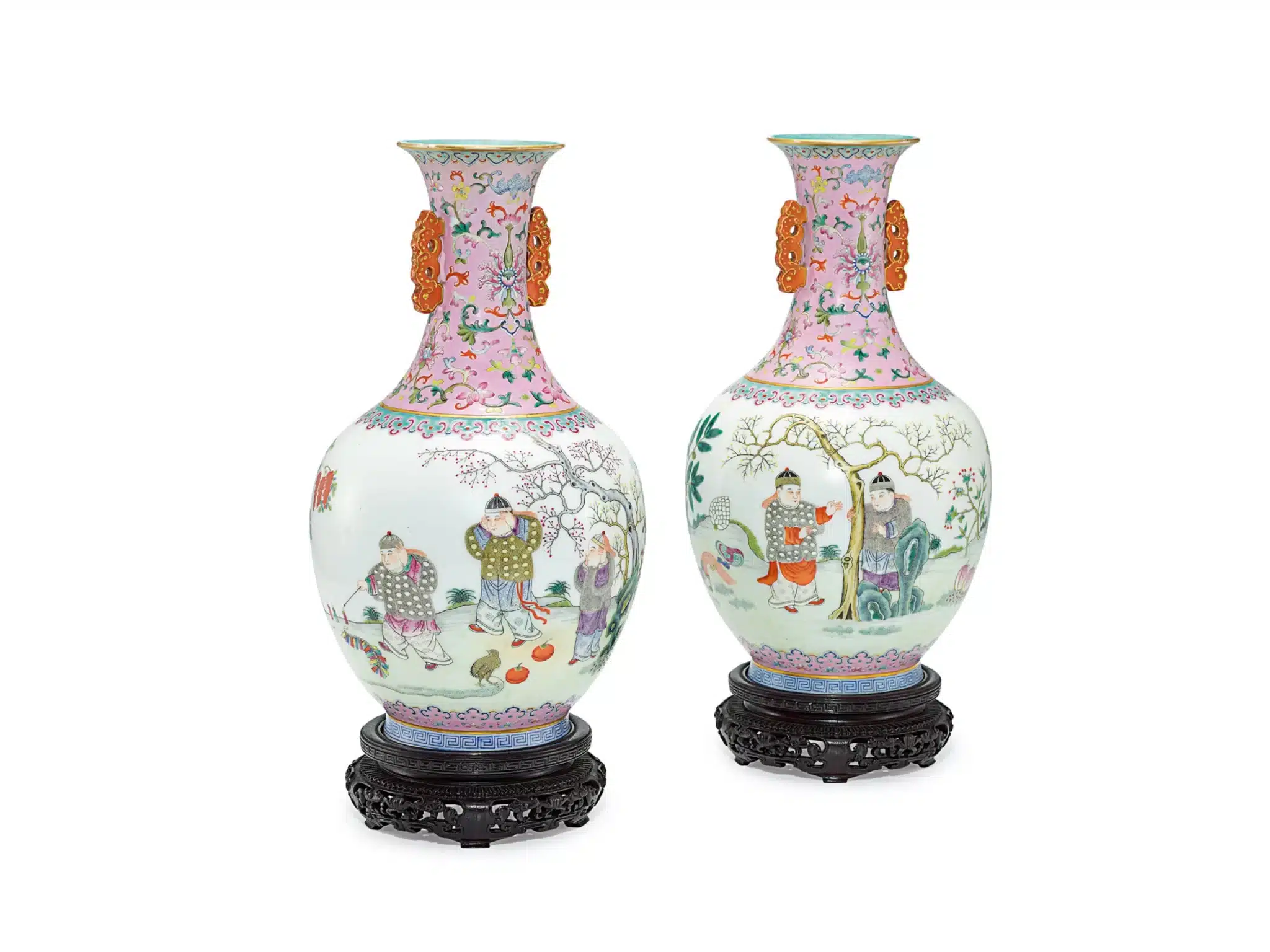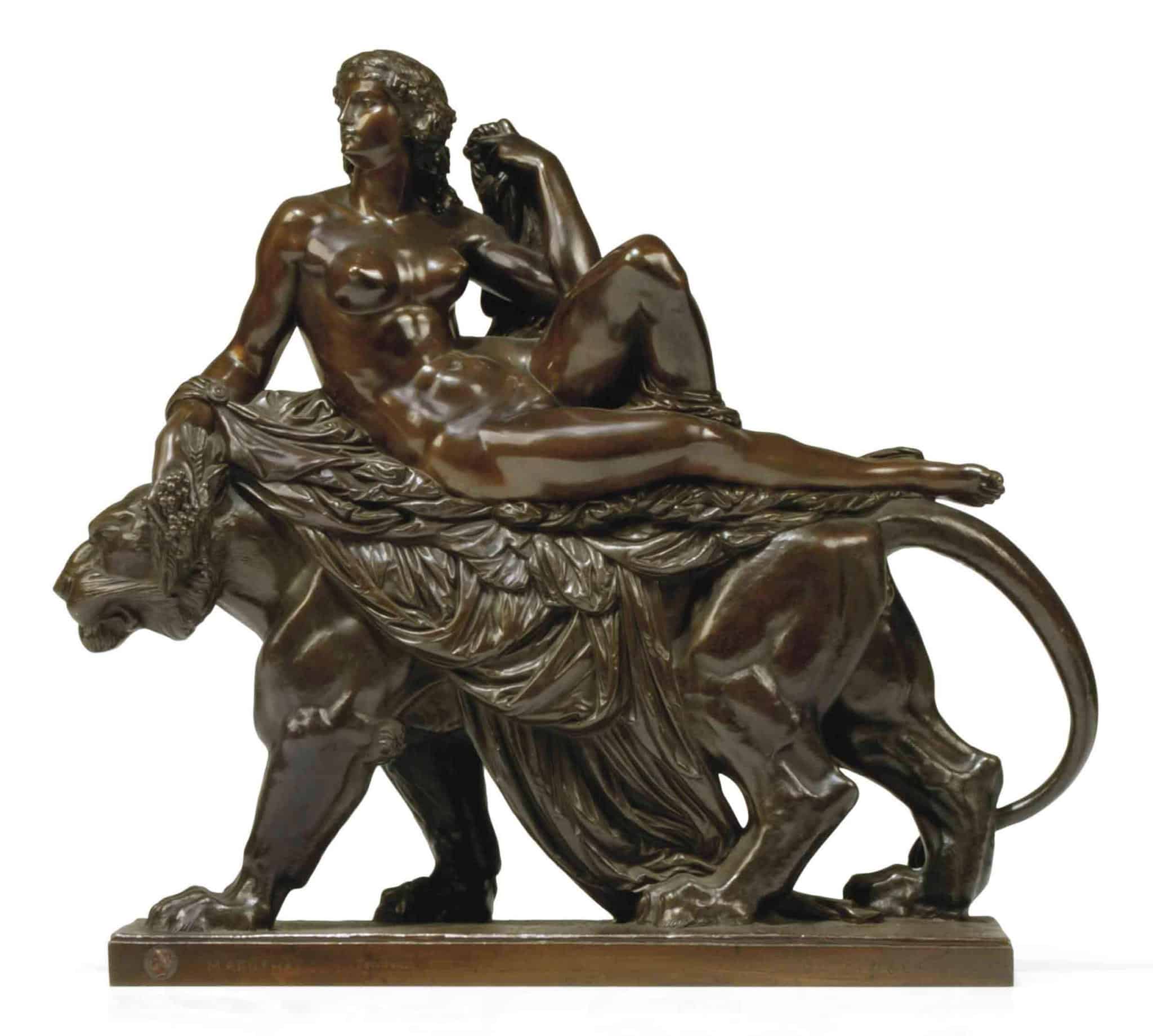
Antique Chinese porcelain
Antique Chinese porcelain
There are many factors to consider when you are shopping for antique Chinese porcelain pieces. You are probably wondering how old a specific piece is, and if you are paying a fair price for it, considering its worth. If you are a novice when it comes to purchasing antique Chinese porcelain, please read on to understand the complexities and idiosyncrasies of the trade and collection of such items. Much of this information may seem like common sense, but it is important to keep these things in mind if you want to become a serious collector.
Periods
You can always tell the time period in which your Chinese porcelain was created by the presence or absence of particular colors. There are certain colors that were only available for porcelain after particular techniques or materials became commonplace later in Qing Dynasty. It was only after that time that colors were able to remain visible after being fired in the kiln.
For example, prior to year 1400, mostly throughout the Song Dynasty, all Chinese porcelain was white. However, between 1400 and 1700, black iron oxide was utilized to paint decorative motifs below the protection of the glaze. A bit later, blue cobalt oxide was used to paint porcelain right below the glaze, starting a trend at the time, which is usually referred to as the “Blue and White Period.”
However, it was only during the Qing Dynasty when potters were finally able to incorporate vibrant colors into china patterns. Plates and vases were beautifully adorned with intricately painted designs and scenery. Many items were dubbed “Five Color Ware” since a variety of underglaze pigments were incorporated into floral and landscape scenes.
Age
There are a number of methods that appraisers use to tell whether a porcelain item is a real antique or a more recent copy. This is because while many age characteristics can be faked, serious collectors know what signs to look for to prove authenticity. For example, if a particular piece show no visible signs of age or wear, experts are apt to believe that it was recently made. However, if an item shows many more signs of aging than what is considered typical, it appears to appraisal professionals to be a red flag of a forgery.
First of all, it is important that novice collectors of Chinese porcelain understand that ceramics have different aging characteristics than other types of antiques. Though an item seems greatly aged, or has an essence of patina, it doesn’t necessarily mean that the item is as old as it appears.
For instance, glaze and decoration are not likely to be discolored or fade, even over substantial periods of time. The only possible exception are items that have been lodged in soil or under the sea for several centuries. Crackle lines can also turn a yellowish-brown color as they age, but such characteristics have been faked for millennia, going back to ancient China, so you must have an expert substantiate a piece to ensure that it is authentic.
The characteristic referred to as “glaze contradictions” can be used to accurately determine age, however, this is not because they are a sign of wear. Conversely, contradictions in the glaze of porcelain are considered precise symptoms of the particular kiln conditions used at the time of manufacture, which will date the piece.
Marks
Pottery marks are almost like signatures that are supposed to denote the reign during which a specific item was created. However, most appraisers feel that the only certainty that these marks may give you is that the item is not from the period that it claims. The truth is, for a variety of reasons, earlier “reign” or “dynasty marks” are placed on later porcelain pieces. Therefore, they are not to be used to accurately determine the period in which an object was made.
They are, however, a fascinating study since many are specific to the different kilns used, and act like a unique fingerprint of a particular potter. Unfortunately, there is a large minority of items that contain no marks at all, and the makers of these pieces may never be identified.
Value
There are several factors that determine the value of a piece of antique Chinese porcelain. Of course, as outlined above, age is a major determinant, however, scarcity must also be considered. Like any other product, the worth of antique porcelain is determined by its demand in the market. If a piece is rare, and highly sought after, its going price will be markedly higher than the more common pieces.
Other decisive factors include the quality of material used and the workmanship put into the piece, as well as which specific kiln or manufacturer it came from.
Another reason price may vary is the location at which the item is sold. That is to say that both high and low-end pieces are usually only available at high or low-end venues respectively. The prices at such locations are deemed acceptable to the particular customers that frequent such venues. For example, the prices one can expect at an auction house differ greatly from what one would find on Ebay.
Purchasing, selling and collecting antique Chinese porcelain pieces is a fun and enjoyable hobby. If you have a collection you would be interested in selling please contact us today.




